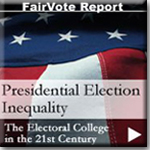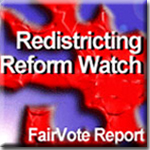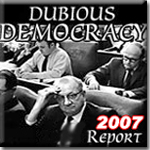Updated: October 2006
This study looks at the decline in voter turnout between primary and primary runoff elections for federal races from 1994-2006. It is based on the two-party results of those elections.
In the vast majority of cases, it is possible to look for trends in the relationship between turnout and a candidate's race, gender, affiliation and/or office sought (House or Senate).
The study also looks at comebacks, or elections in which the runoff winner had trailed in the first round primary, and incumbency.
Summary of Findings:
Overall: Of 104 total runoffs for the period under study, 101 saw turnout declines. Mean turnout decline for the period was 34.7%. Median decline was 32.9%.
Over time: Turnout dropoff worsened since 2004.
2006: 43.31%
2004: 38.96%
2002: 30.20%
2000: 47.96%
1998: 31.62%
1996: 35.56%
1994: 28.10%
House vs. Senate: 39.59% dropoff in Senate races. 33.91% dropoff in House races.
By party: 34.54% dropoff in Democrat primaries. 35.36% dropoff in Republican primaries.
Gender: 26.08% dropoff in races with female candidates.
Race: 34.95% dropoff in races with candidates of color. Note the sample is incomplete; several races are omitted.
Comebacks: 29.17% of candidates trailed in the first round but won the runoff (28 candidates).

[Get the data (Excel 130K)]



